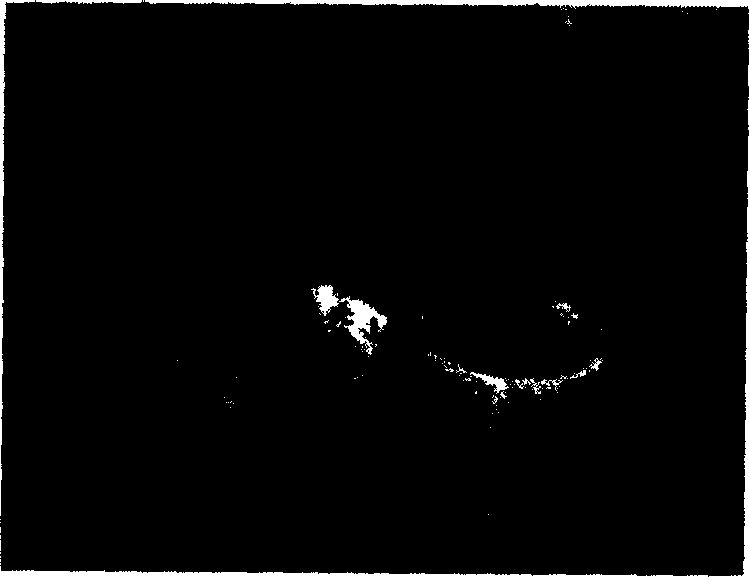In situ restoring agent for heavy metal polluted soil
An in-situ remediation agent and a technology for polluted soil, applied in the field of heavy metal contaminated soil remediation agent formulation, can solve the problems of secondary pollution, unsuitability for on-site operation, and high treatment costs, to increase grain yield and quality, without secondary pollution Contamination, reduced bioavailability effects
- Summary
- Abstract
- Description
- Claims
- Application Information
AI Technical Summary
Problems solved by technology
Method used
Image
Examples
Embodiment 1
[0027] Embodiment 1: in the treatment of cadmium-contaminated soil, every kilogram of soil is added 40g restorative agent A, the content of each composition is: sodium bentonite 15%, sepiolite 40%, attapulgite 10%, fly ash 15%, Microbial mycorrhizae 20%) (that is, the addition of 4%), after using the present embodiment, the plant biomass can be increased by 450.2%, and the cadmium content in the plant can be reduced by 50.4%, effectively inhibiting the migration of cadmium to the plant body. The phosphorus content in the plant can be increased by 308.8%.
Embodiment 2
[0028] Embodiment 2: in the treatment of cadmium-contaminated soil, every kilogram of soil adds 60g of restoration agent A, and the content of each composition is: sodium bentonite 25%, sepiolite 10%, attapulgite 25%, fly ash 5%, The addition of 35% of microbial mycorrhizae, namely 6%, can increase plant biomass by 550.4%, reduce cadmium content in plants by 55.7%, and effectively inhibit the migration of cadmium into plants. The phosphorus content in the plant can be increased by 353.3%.
Embodiment 3
[0029] Embodiment 3: in the treatment of copper-contaminated soil, add 20g repairing agent B per kilogram of soil, the content of each component is: sodium bentonite 15%, sepiolite 50%, attapulgite 30%, fly ash 5%, That is, the addition of 2% can increase the plant biomass by about 50.6%, and the copper content in the plant can be reduced by about 38.6%. Effectively inhibit the migration of copper to the plant body.
PUM
 Login to View More
Login to View More Abstract
Description
Claims
Application Information
 Login to View More
Login to View More - Generate Ideas
- Intellectual Property
- Life Sciences
- Materials
- Tech Scout
- Unparalleled Data Quality
- Higher Quality Content
- 60% Fewer Hallucinations
Browse by: Latest US Patents, China's latest patents, Technical Efficacy Thesaurus, Application Domain, Technology Topic, Popular Technical Reports.
© 2025 PatSnap. All rights reserved.Legal|Privacy policy|Modern Slavery Act Transparency Statement|Sitemap|About US| Contact US: help@patsnap.com


